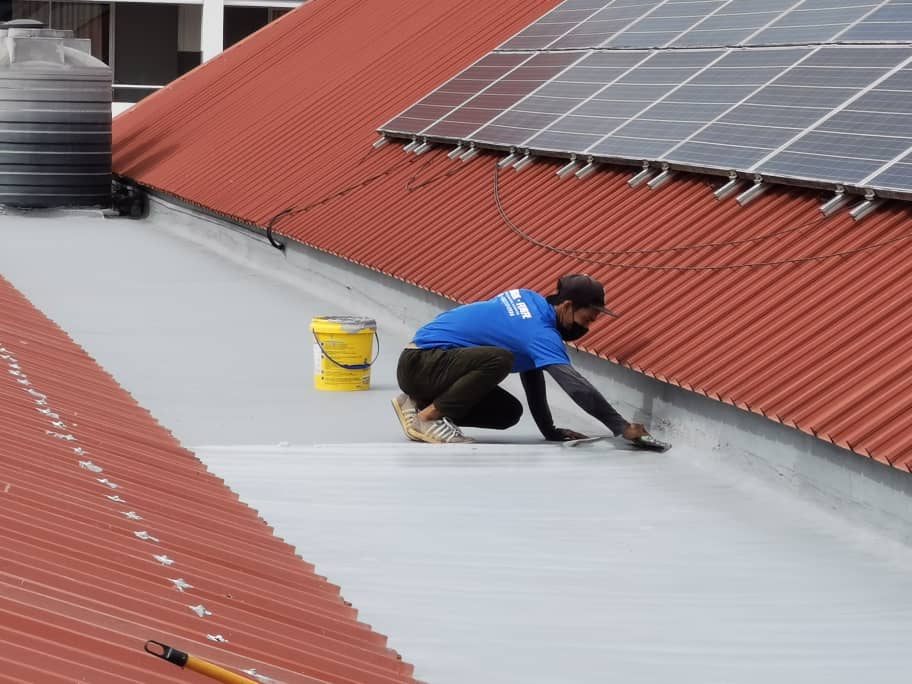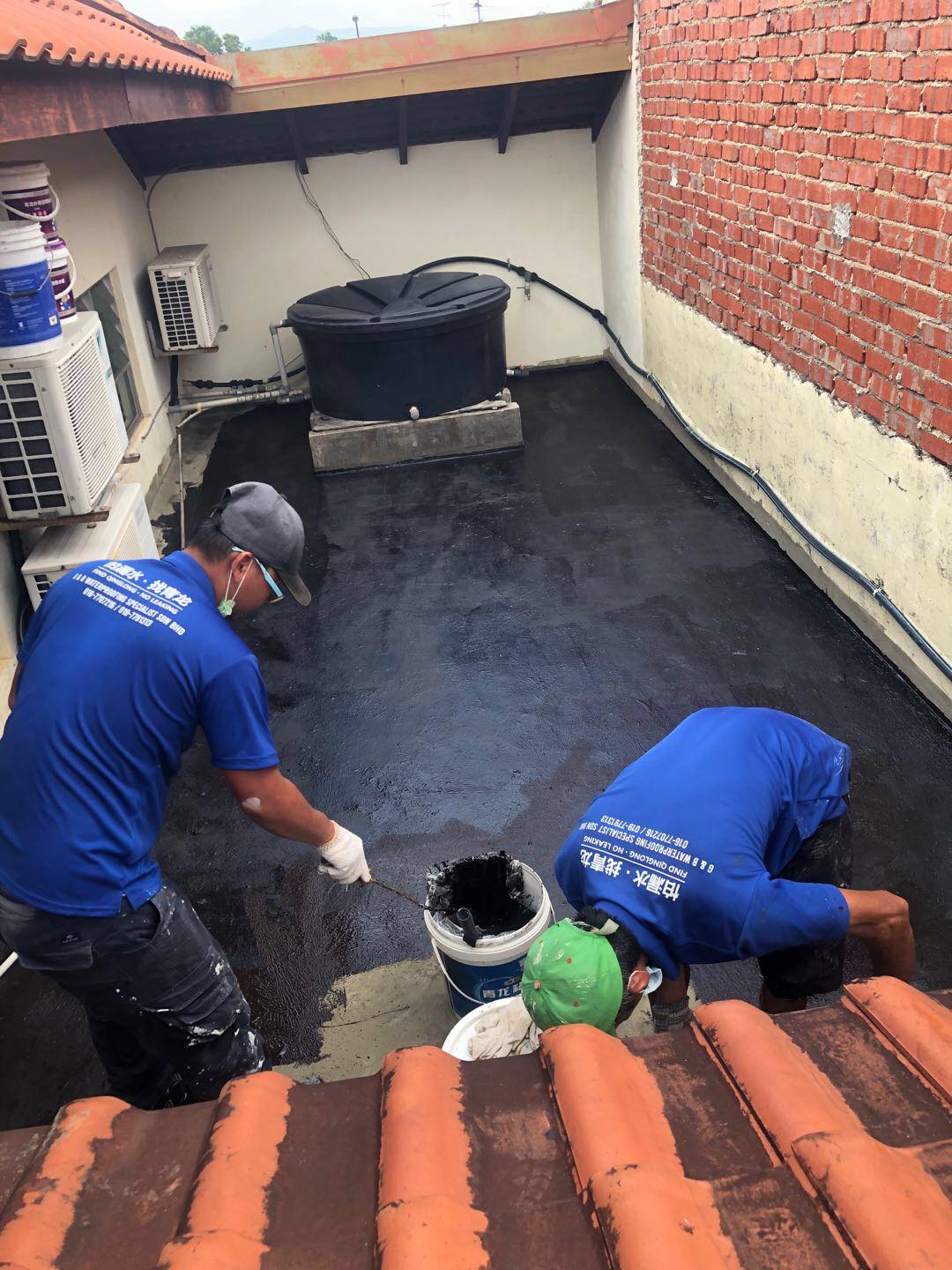
Waterproofing projects require close attention, as even slight oversights can lead to various issues. Today, let's discuss the typical issues that encountered during waterproof coating application and the essential measures to prevent them.
1. Poor Adhesion to Substrate
Issue: The coating fails to adhere firmly to the substrate.
Preventive measures: Clean the substrate thoroughly to ensure it is free from dust. Check the substrate's strength to prevent issues like sanding or peeling. Water-based coatings should be free from obvious moisture. Solvent-based coatings require complete drying of the substrate before application. Use a primer as the first coat of the coating.
2. Uneven Thickness
Issue: The waterproof layer shows an uneven thickness.
Preventive measures: Ensure the substrate is even and free from any holes. Apply multiple thin coats to ensure uniform thickness. Adjust the viscosity of the coating as per the specific requirements.
3. Formation of Bumps or Particles
Issue: The coating surface has bumps or small particles.
Preventive measures: Avoid using expired coatings or coatings that have been stirred for more than an hour. Thoroughly mix two-component materials to ensure a uniform coating without any clumps. Clean the mixing container in advance. Follow the recommended mixing ratio accurately.

4. Coating Delamination
Issue: After application, the coating shows delamination or blistering.
Preventive measures: Thoroughly clean the previous coating before applying a new layer. Ensure the previous coat is completely dry.
5. Slow Drying Speed
Issue: Single-component acrylic coatings rely on moisture evaporation for drying. In high humidity or low-temperature environments, the evaporation process may be hindered, resulting in slow drying.
Preventive measures: Improve ventilation to facilitate moisture evaporation. Apply thin coats and multiple layers to promote moisture evaporation. Allow the coating to dry completely before applying the next coat. Consider using cement-based coatings or other suitable waterproof coatings under specific conditions.
6. Film Cracking
Issue: Inadequate cleaning of the substrate, leading to contamination from floating soil, dust, etc. Application of a single coat that is too thick, resulting in uneven moisture evaporation during drying. Outdoor construction in severe weather conditions such as strong winds.
Preventive measures: Remove floating soil from the substrate before construction, use a primer to treat the substrate, and apply multiple thin coats. Avoid outdoor construction in high winds.
7. Coating Separation
Issue: Excessive addition of water to the coating leads to separation of liquid and powder components, with the powder sinking to the bottom, resembling tofu residue.
Preventive measures: Strictly control the amount of water added and follow the accurate mixing ratio as per the product instructions.
 In short, by paying attention to these common issues during waterproof coating construction and implementing the corresponding preventive measures, you can avoid potential quality problems. It is crucial to adhere to construction specifications to ensure effective and long-lasting waterproofing results.
In short, by paying attention to these common issues during waterproof coating construction and implementing the corresponding preventive measures, you can avoid potential quality problems. It is crucial to adhere to construction specifications to ensure effective and long-lasting waterproofing results.




